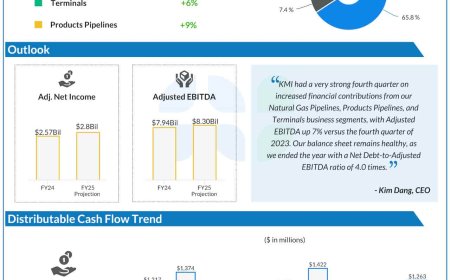5G capabilities will have limited impact on MNO IoT connectivity revenue according to new study
Leading IoT analyst firm Transforma Insights finds that 5G will grow to account for more than 80% of IoT connectivity revenue by 2040 but mostly by virtue of future-proofing. Advanced functionality enabled by 5G Stand Alone is unlikely to accelerate MNO revenues significantly. A new report published today by Transforma Insights provides an extensive analysis ... The post 5G capabilities will have limited impact on MNO IoT connectivity revenue according to new study appeared first on IoT Business News.



Leading IoT analyst firm Transforma Insights finds that 5G will grow to account for more than 80% of IoT connectivity revenue by 2040 but mostly by virtue of future-proofing. Advanced functionality enabled by 5G Stand Alone is unlikely to accelerate MNO revenues significantly.
A new report published today by Transforma Insights provides an extensive analysis of the revenue opportunity associated with 5G IoT connectivity, with a particular focus on the additional functionality delivered by 5G Stand Alone. The report details the plethora of features of 3GPP releases 15 to 19 that could be applied to IoT – including higher bandwidth (eMBB), real-time communications (URLLC), and Quality-on-Demand – and quantifies the impact that they will have on MNOs’ IoT connectivity revenue.
Based on assessing the requirements of hundreds of different IoT use cases, and the capabilities delivered by 5G and 5G SA, Transforma Insights is able to model the likely impact of 5G on IoT connectivity revenue for Mobile Network Operators (MNOs).
5G will dominate IoT connectivity but mostly for future-proofing
5G is going to nominally dominate IoT connectivity for MNOs. By 2040, well over 80% of IoT connectivity revenue across Europe and the US will be accounted for by 5G. However, for the most part this is by default, due to actual or anticipated refarming of LTE spectrum, rather than because of any overwhelming demand for 5G SA enabled capabilities.
Most IoT connectivity revenue barely needs 5G. Of the total IoT connectivity revenue in 2040, 9% will come from devices making use of 5G SA functionality. The lion’s share of IoT connectivity revenue (48%) will come from devices that would work perfectly serviceably on LTE (our ‘5G future-proof’ category). A further 26% comes from ‘5G NSA’ connections, i.e. those that need 5G, but not 5G SA. The remaining 17% comes from legacy (i.e. non-5G) networks.
IoT connectivity revenue is not going to justify investment in 5G SA upgrades. Only 0.4% of a typical MNO’s overall revenue in 2040 will directly stem from 5G SA functionality applied to IoT connectivity.

5G SA’s biggest opportunity is ‘Purpose’ slices
The biggest 5G SA opportunity lies in slices targeted at specific purposes. Rather than dedicated slices for particular companies, we believe that the dominant model for selling network slices will be in terms of the ‘Purpose’, e.g. slices for low latency or high bandwidth, or combinations of capabilities. That represents half of the 5G SA opportunity. Dynamic slices account for another significant portion. Emergency services represent a very specific additional opportunity, although the incremental revenue associated with the 5G SA IoT element of such an offering is still fairly modest.

Commenting on the report, author Matt Hatton said:
“Our conclusion is that IoT connectivity is unlikely to ride to the rescue of 5G and particularly 5G SA investments.”
“Considering purely those advanced 5G services which are the natural extension to their bread-and-butter connectivity – including things like slicing, Quality-on-Demand and network APIs – the revenue uplift is quite modest. That doesn’t mean that IoT connections won’t be using 5G networks, we just remain sceptical that many of them will have a requirement for the specifically 5G capabilities.”
Caveats and qualifications
The nature of this report means that we need to offer numerous caveats when considering the numbers above. Many of the services are as yet unproven and may be much more successful than the relatively conservative forecast that we provide here, notably related to network slices or APIs. Furthermore, the report considers only a very narrow benefit of 5G SA, that related to revenue generation from IoT connectivity. There are many other opportunities for MNOs, either related to revenue from smartphone and mobile broadband users, new Fixed Wireless Access services, overlay services on top of the IoT connectivity (e.g. data analytics), or the cost benefits of network rationalisation and greater spectral efficiency. We do not consider those opportunities in the main analysis in this report.
Transforma Insights also notes that timescales for LTE switch-off seem to be accelerating. Should LTE be refarmed more aggressively, the proportion of IoT revenue account for by 5G will be higher, although only boosted the ‘5G future-proof’ category as described above.
The post 5G capabilities will have limited impact on MNO IoT connectivity revenue according to new study appeared first on IoT Business News.











































